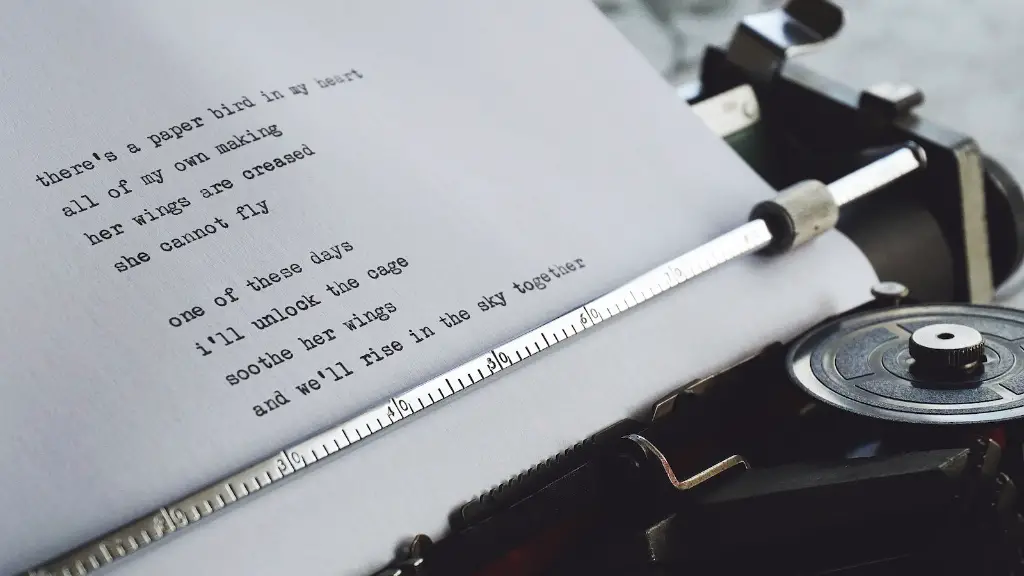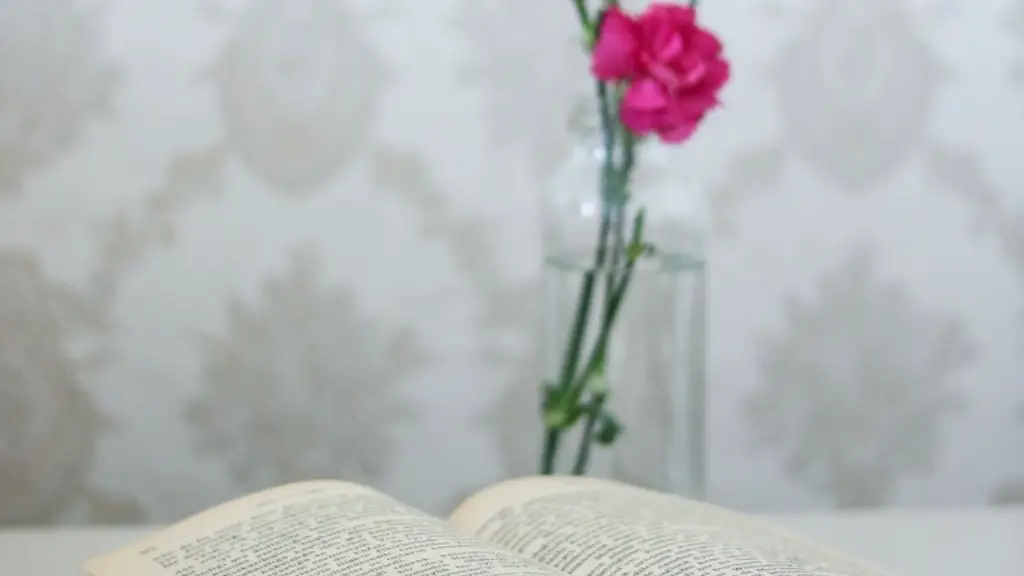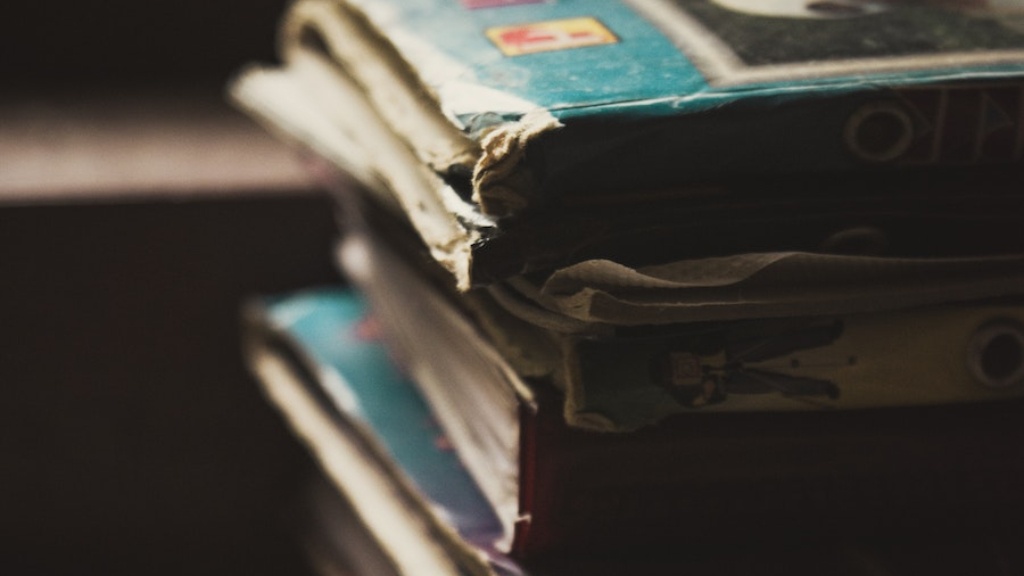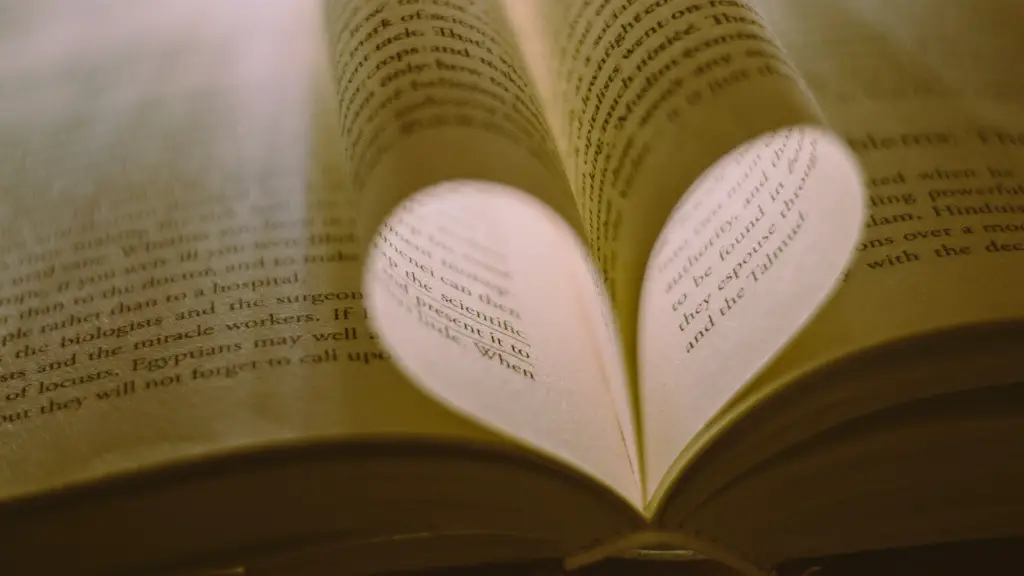Definition of Genre in Poetry
Research indicates that poetry is one of the oldest literary forms of communication. Poetry dates back to ancient times and has been used to express feelings and ideas in ways that could not be achieved through normal speech. Although there are different interpretations of poetry, its basic definition is considered to be “a form of literature expressed in the form of a poem.” Genre in poetry is defined as the type or style of literature expressed through the poem. Genre can be divided into two categories: formal or free-form.
Formal Poetry
Formal poetry is a style of writing that has a strict set of rules that the poet must adhere to. These rules include the number of lines, the form of the poem (such as the number of stanzas and their arrangement), and the rhythm of the poem. These rules are usually associated with the defining genre of the poem, such as a sonnet, which has a set meter and style. The purpose of form is to create structure and order and to give a poem its traditional shape.
Free-Form Poetry
In contrast, free-form poetry does not follow a set of rules and is often less structured than formal poetry. The poet, rather than conforming to certain parameters, is free to express themselves in any style that they choose. This could include an experimental, abstract style or an emotional, lyrical style. Free-form poetry allows the poet to break away from the structure of formal poetry and to explore their own creative ideas and techniques.
The Role of Genre in Poetry
The role of genre in poetry is to provide a framework for the poet to express their ideas in a creative and unique way. Different genres of poetry give the poet the freedom to create different types of poetry, from the more traditional and structured forms such as sonnets and haikus, to the more experimental and abstract styles of free-form poetry. By using genre, the poet can create poems that are designed to evoke certain emotions in the reader or to explore a particular theme or idea.
The Impact of Genre
By understanding and utilizing genre in their work, poets are able to create powerful and compelling works of art. By using genre to create structure, a poet can ensure that their poem is structured in a way that conveys their intended message in the most effective way possible. Through the use of genre in their work, poets can create poetic works that are emotionally moving and that leave a lasting impression on their readers.
Classification of Different Genres
There are many different genres of poetry, which can be broadly classified into two main categories: formal and free-form. Examples of formal genres include sonnets, haikus, and stanzas, while examples of free-form genres include spoken word, rap, and free-verse. Each genre of poetry has its own unique style and structure that make it distinct from the others.
Exploring Different Genres
Poets should make an effort to explore the different genres of poetry to discover which style best fits their own creative voice. By understanding the different types of genre in poetry, poets can refine their work by determining which genre is most effective at conveying their own individual style and message.
Using Genre to Enhance Poetry
In summary, utilizing genre in literature is an important part of creating meaningful, impactful poetry. By understanding the different types of genre, poets are able to create powerful, unique works of art that are sure to captivate and engage their readers. Using genre, poets can create works that are emotional, gripping, and evocative, leaving their audience with an experience they will never forget.
Rhyme and Alliteration
Rhyme and alliteration are two important techniques found in various kinds of poetry. Rhyme can be used to create a structured, lyrical feel while alliteration is used to add imagery and evoke emotion. By understanding these techniques and how they can be used in poetry, writers can effectively employ them to create more sophisticated works.
Meter and Objectives
Meter, or the rhythm of the poem, is another important technique in the creation of poetry. Meter can be used to give the poem a structured form and can be used for a variety of objectives, such as to create a sense of natural flow and to emphasize certain elements of the poem. By understanding the different types of meter, poets can effectively manipulate meter to bring out unique elements of the poem.
Structure and Imagery
Structure and imagery are two elements of poetry that can be combined to create powerful, emotive works. Structure can be used to create a unified, linear feel while imagery can be used to convey messages in a visual manner. By understanding how these two elements can be used, poets can refine their works to create works that are more profound and impactful.
Voice and Perspective
Voice, or the tone of the poem, and perspective, or the point of view within the poem, are two elements that come together to give a poem its unique shape. Voice can be used to create a more personal, intimate experience, while perspective can be used to add drama and place the reader within the poems’s storyline. By understanding these elements and how they can be used effectively, poets can ensure that their works are immersive and entertaining.



